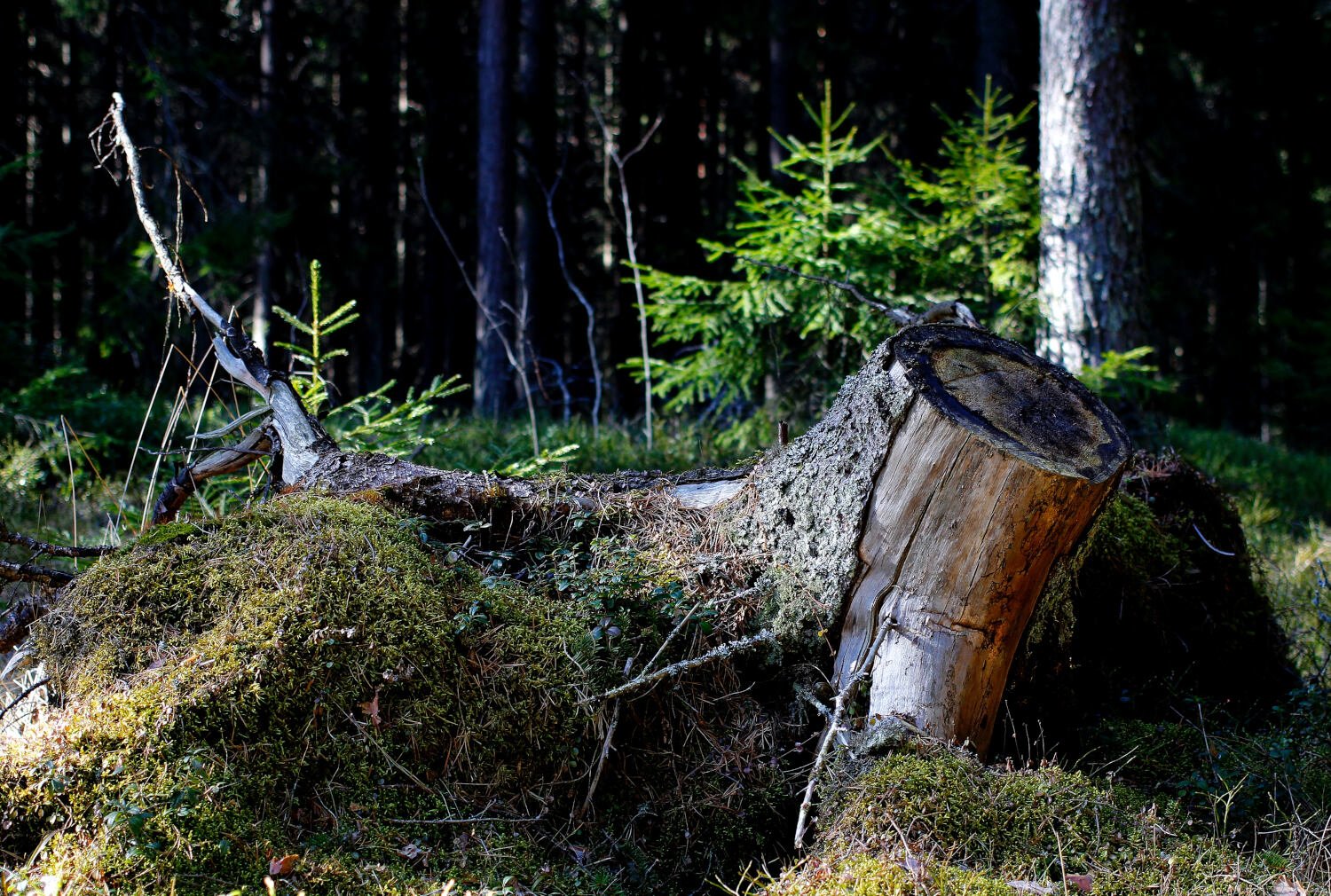What are carbon credits?
Many countries worldwide have some form of carbon credit system which allows the holder to emit a certain amount of carbon dioxide gas or an equivalent amount of other greenhouse gases. This is called the “cap and trade” system. In this way, the companies are allowed to emit greenhouse gases up to a specific limit, after which they need to purchase carbon credits to offset the number of emissions released.
One carbon credit allows the holder to emit one tonne of CO₂ or equivalent greenhouse gasses. Polluting companies can buy credits available in the market from projects that mitigate greenhouse gasses.
Where do carbon credits come from?
Projects that are eligible to generate carbon credits are of three kinds:
Renewable energy projects: Projects that harness energy from renewable sources, for example, solar/wind farms, hydro projects, biofuel, etc., fall under this category.
Energy efficiency projects: Projects that help improve energy efficiency, for example, energy savings in lamps/lights, etc., fall under this category.
Forestry projects: Projects that help protect and promote reforestation of previously forested areas fall under this category.
These credits can be purchased by companies or individuals who want to lower their carbon footprint and promote projects that curb climate change. Europe set up the world’s first carbon trading system in 2005 and has been successful in the cost-effective reduction of emissions.
What is the positive effect of carbon credits?
Besides lowering the carbon footprint, the other positive effect of the “Cap and trade” system is that it lets the companies put a price on the emissions, which will be reflected in the cost of the product. This makes it fair as the consumer indirectly responsible for the pollution pays the fee.
The other positive aspect is that greenhouse gas mitigation projects take root in developing nations. These have socio-economic benefits to local communities and will ultimately help the communities that are highly likely to be impacted by climate change.
What is the downside OF CARBON CREDITS?
With regulations tightening across the world, many companies have started investing in climate-positive products. This helps you lower your carbon footprint and promote projects that work towards reducing emissions. However, you must remember that buying these products just offsets your emissions and does not stop them from being emitted.
The best way to reduce emissions is to change the fundamental consumer and manufacturer practices. Making good consumer decisions has never been more crucial to the environment than at this time. Whenever you need a product, ask yourself:
“Is renting, borrowing or getting the product second-hand possible?”
Always look for alternative, more sustainable options while shopping for products and try to offset your footprint. Opt for sustainable material, for example.
If you still want to buy brand-new products, invest in quality products that you can hang onto for more extended periods of time.
Ultimately, purchase fewer quantities of products in your lifetime.
LEARN MORE
Check our sources: Bibliography →













